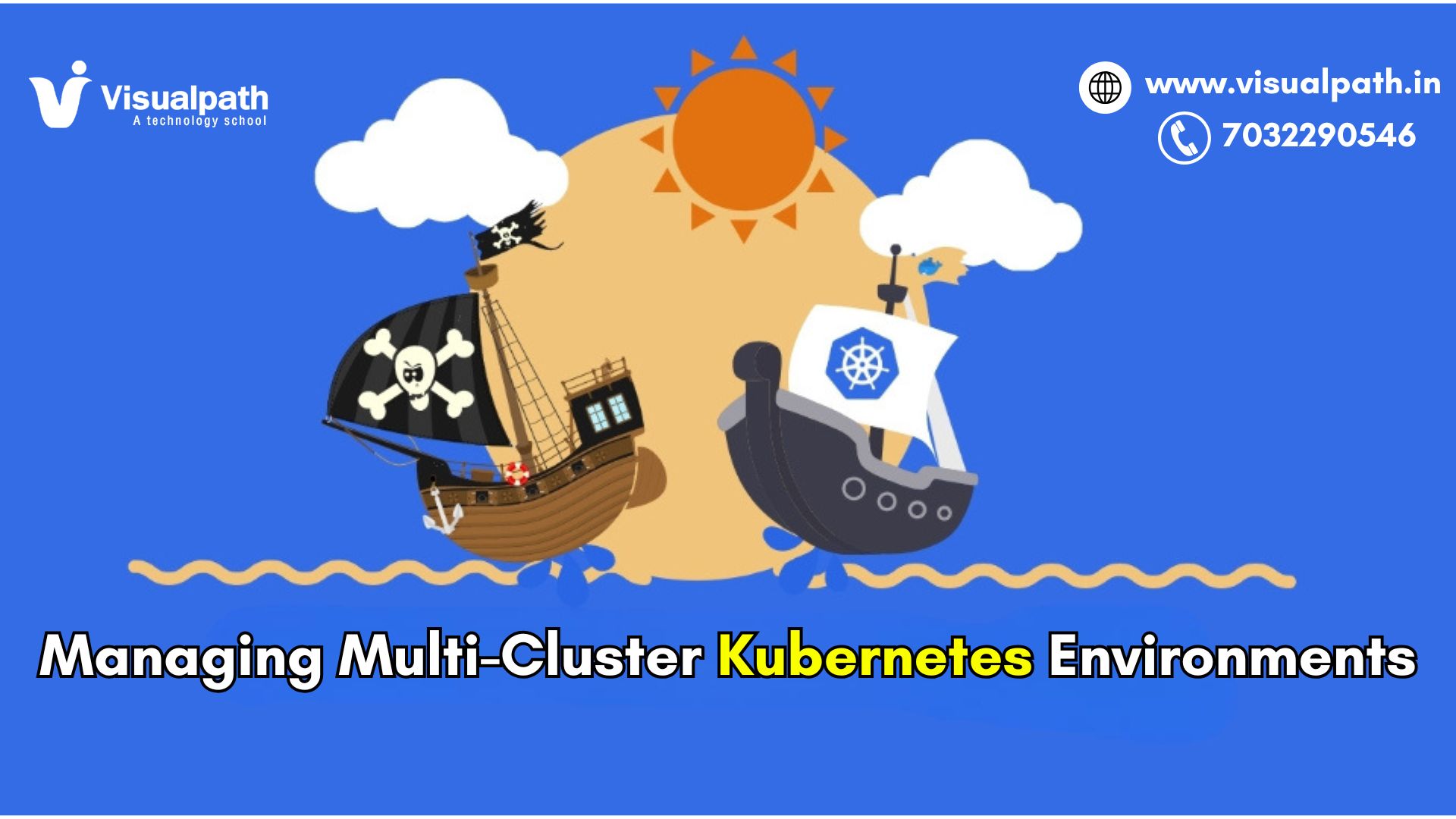As Kubernetes adoption grows, organizations are increasingly operating multiple Kubernetes clusters across various environments such as on-premises data centers, cloud providers, or hybrid setups. Managing these multi-cluster environments introduces a new layer of complexity but also offers significant benefits like improved availability, workload isolation, and regional distribution. Effective management of these environments requires clear strategies, robust tooling, and strong governance.
Why Use Multiple Clusters?
Before diving into the management strategies, it is important to understand the motivations behind a multi-cluster approach: Docker and Kubernetes Training
- High Availability and Disaster Recovery: Distributing workloads across clusters in different regions or availability zones can protect against localized failures.
- Compliance and Data Sovereignty: Some regulations require that data and applications remain within specific geographic boundaries.
- Isolation of Environments: Using separate development, testing, and production environments ensures better control and stability.
- Scalability and Performance: Scaling horizontally with multiple can improve performance by reducing latency and distributing workloads effectively.
- Multi-Tenancy Support: Instead of complex namespace isolation, clusters can serve as natural boundaries for different teams or business units.
Challenges of Managing Multiple Clusters
- Operational Complexity: More clusters mean more components to monitor, patch, and upgrade.
- Networking and Connectivity: Ensuring secure and reliable communication between clusters or services can be difficult.
- Security and Access Control: Applying consistent security policies across clusters is crucial yet complex.
- Cost Management: Without proper oversight, running multiple clusters can lead to unnecessary expenses.
- Observability and Troubleshooting: Correlating metrics, logs, and traces across environments becomes more complicated.
Key Strategies for Multi-Cluster Management
- Centralized Management and Control Plane
A centralized control plane provides visibility and governance over multiple clusters. Solutions like Google Anthos, Azure Arc, and Red Hat Advanced Cluster Management offer these capabilities.
- Consistent Configuration Management
Managing cluster configurations across environments requires standardization. GitOps practices, where configuration is stored in Git repositories and automatically synchronized with clusters, can enforce consistency and version control. Tools like Argo CD or Flux help implement GitOps effectively. Docker and Kubernetes Course
- Unified Security Policies
Applying consistent security policies across clusters is vital. Tools like Open Policy Agent (OPA) and Kyverno allow you to define and enforce policies that work cluster-wide. Integrating identity and access management systems can also ensure consistent user authentication and authorization.
- Network Federation and Service Discovery
Multi-cluster service discovery and networking are key to seamless operations.
- Centralized Monitoring and Logging
Centralized monitoring tools like Prometheus with Thanos, Grafana, or commercial solutions like Datadog and New Relic can aggregate metrics and logs across clusters for unified observability.
- Cluster Lifecycle Management
Automating the provisioning, scaling, and decommissioning of clusters is crucial to manage them at scale.
- Cost and Resource Optimization
Monitoring cluster usage and costs ensures efficient resource utilization. Implementing quotas, autoscaling, and cost visibility tools can help prevent overprovisioning and keep expenses under control. Docker Kubernetes Online Course
- Disaster Recovery Planning
Having a clear disaster recovery strategy is critical. This includes regularly backing up cluster configurations and workloads, replicating data across regions or clusters, and simulating failover scenarios to validate readiness.
Best Practices
- Design for Independence: Ensure each cluster can operate independently to avoid cascading failures.
- Automate Everything: From deployments to policy enforcement, automation reduces human error and increases repeatability.
- Implement Role-Based Access Control (RBAC): Ensure that permissions are scoped appropriately for users and services across all clusters.
- Regularly Audit and Update: Conduct regular audits of your clusters for compliance and security, and keep components up to date.
- Document Architecture and Processes: Clear documentation helps teams understand the design, tools, and procedures in place. Kubernetes Online Training
Conclusion
Managing multi-cluster Kubernetes environments effectively requires a strategic approach that balances governance, flexibility, and automation. As ecosystems mature, these practices will become foundational in building scalable and resilient cloud-native infrastructures.
Trending Courses: ServiceNow, SAP Ariba, Site Reliability Engineering




